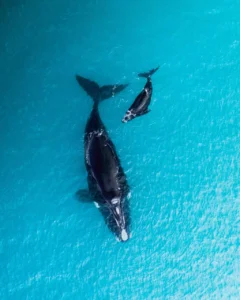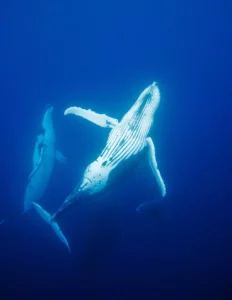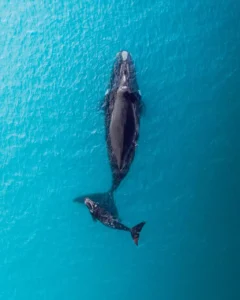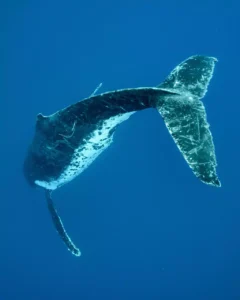Humpback Whales, with their majestic size and mesmerizing acrobatics, have always been a subject of fascination for many. But have you ever wondered what sustains these gentle giants of the ocean? In this article, we'll explore the diet of humpback whales, shedding light on what they eat, how they hunt, and the significance of their feeding habits.
Key Takeaways:
- Humpback whales primarily feed on krill and small fish.
- They use a technique called bubble net feeding to trap their prey.
- The amount of food they consume can be up to 3,000 pounds a day during feeding season.
- Their feeding habits play a crucial role in maintaining the ocean's ecosystem.
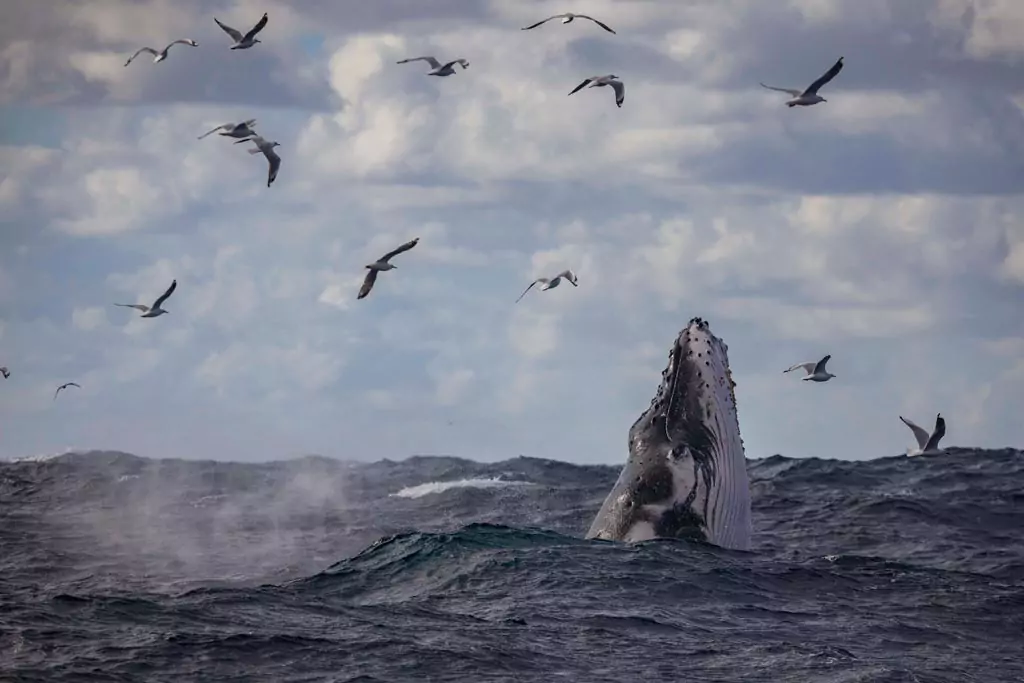
Humpback Whales' Primary Diet: Krill and Small Fish
Humpback whales are baleen whales, which means they have baleen plates instead of teeth. These plates act as filters, allowing them to consume vast amounts of tiny prey. Their primary diet consists of:
- Krill: Tiny shrimp-like creatures that swarm in large numbers in the ocean.
- Small fish: Including herring, mackerel, and sardines.
The Hunting Technique: Bubble Net Feeding
One of the most fascinating aspects of humpback whales is their unique hunting technique known as bubble net feeding. Here's how it works:
- A group of humpback whales will dive deep into the ocean.
- They'll then release a series of bubbles while swimming in an upward spiral.
- This creates a "net" of bubbles that traps their prey.
- The whales then swim through this bubble net with their mouths open, filtering in the trapped krill and fish.
This collaborative hunting technique showcases the intelligence and coordination of these magnificent creatures.
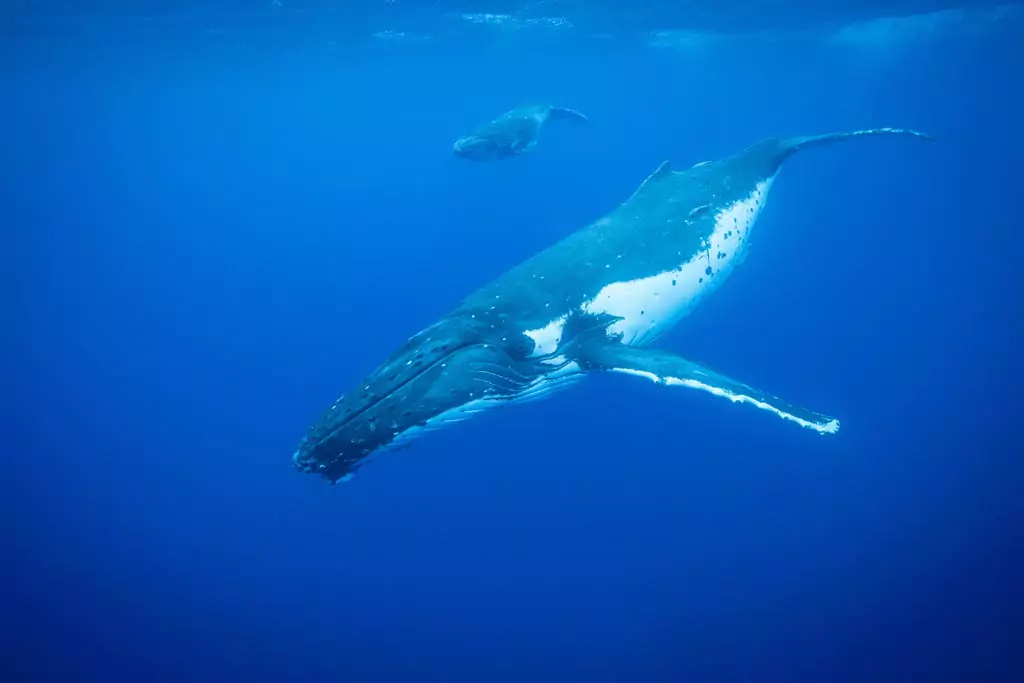
The Significance of Their Feeding Habits
Humpback whales play a pivotal role in the ocean's ecosystem. Their feeding habits help regulate the population of krill and small fish, ensuring a balanced marine environment. Moreover, the nutrients they release during their deep dives promote the growth of phytoplankton, which forms the base of the oceanic food chain.
Feeding Season: A Time of Plenty
Humpback whales have a specific feeding season, usually during the summer months when food is abundant. During this time, they can consume up to 3,000 pounds of food a day. This massive intake is essential as it provides them with the energy reserves they need to migrate and reproduce.
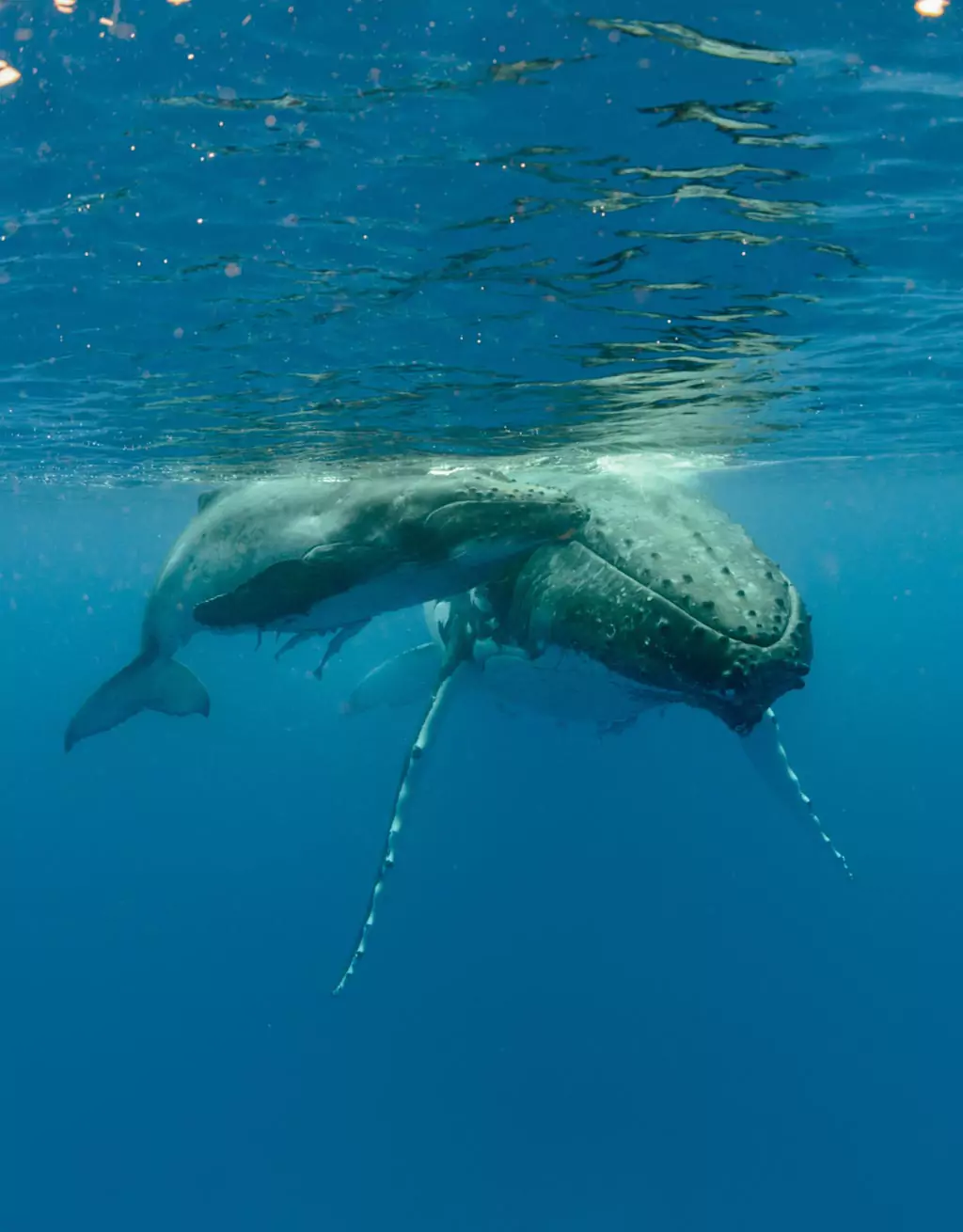
Migration and Fasting: The Other Side of the Coin
While humpback whales are voracious eaters during their feeding season, they fast during their migration. They rely on their fat reserves, built up during the feeding months, to sustain them during their long journeys. This fasting period can last several months, showcasing the importance of their feeding season in ensuring their survival.
Threats to Their Food Source
Unfortunately, human activities such as overfishing and climate change pose significant threats to the food sources of humpback whales. The reduction in krill populations due to rising ocean temperatures and the overfishing of small fish can have detrimental effects on the humpback whale population.
The Role of Krill in the Oceanic Ecosystem
Krill, the primary food source for humpback whales, plays a pivotal role in the marine ecosystem. These tiny crustaceans are a primary food source for various marine animals, from small fish to the colossal blue whale. The abundance of krill ensures the survival of many species in the marine food chain.
- Krill Blooms: During certain times of the year, krill populations explode in a phenomenon known as a krill bloom. These dense gatherings provide a feast for humpback whales, allowing them to consume vast quantities in a short period.
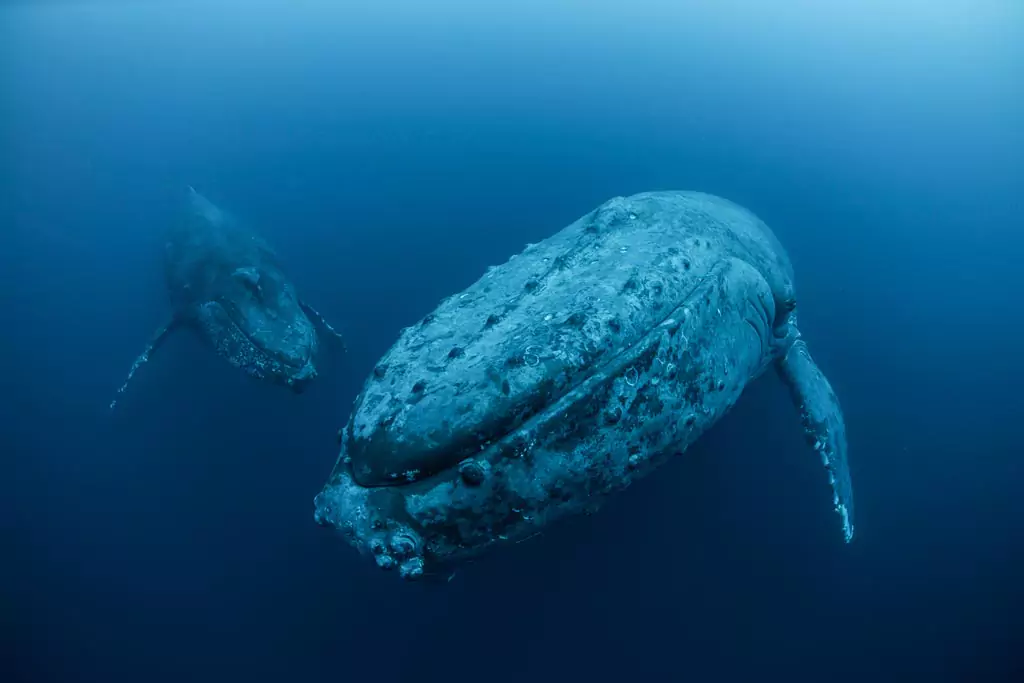
The Impact of Climate Change on Krill Populations
With the ongoing threat of global warming, krill populations are at risk. The melting polar ice caps result in a loss of habitat for krill. As the primary food source for humpback whales, a decline in krill populations could have a cascading effect on the marine ecosystem.
The Social Aspect of Humpback Whale Feeding
Humpback whales are known for their social behaviors, and this extends to their feeding habits. They often hunt in groups, using coordinated techniques to trap their prey. This social hunting not only increases their efficiency but also strengthens the bonds between individuals in a pod.
- Vocalizations: Humpback whales use a series of vocalizations during hunting. These sounds help coordinate their movements and trap their prey effectively.
The Role of Calves in the Feeding Process
Humpback whale calves rely on their mothers' milk for sustenance during the initial months of their life. However, as they grow, they start to learn hunting techniques from their mothers, ensuring the survival of these skills through generations.
Frequently Asked Questions
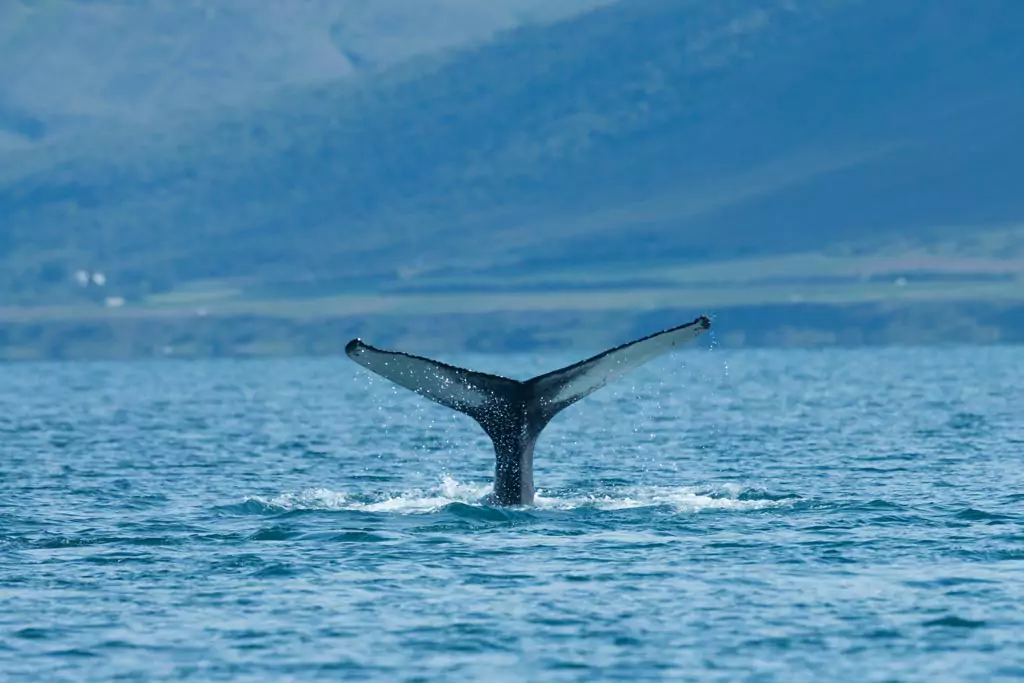
How much can a humpback whale eat in a day?
During their feeding season, humpback whales can consume up to 3,000 pounds of food a day, primarily consisting of krill and small fish.
Do humpback whales eat larger prey?
While their primary diet consists of krill and small fish, humpback whales have been known to consume larger prey occasionally, such as squid.
How do humpback whales digest their food?
Humpback whales have a multi-chambered stomach, similar to cows. This allows them to efficiently digest the vast quantities of food they consume.

